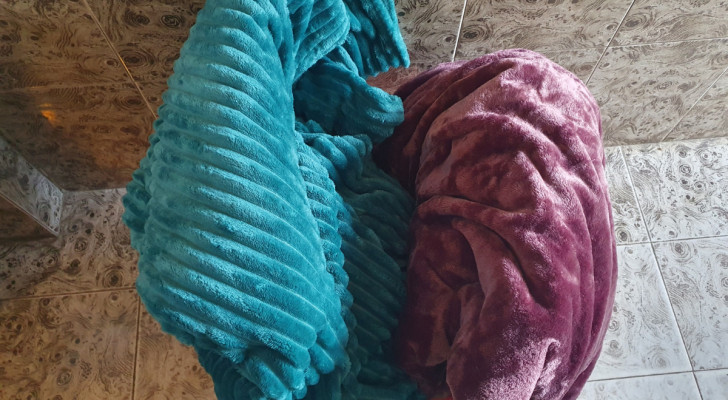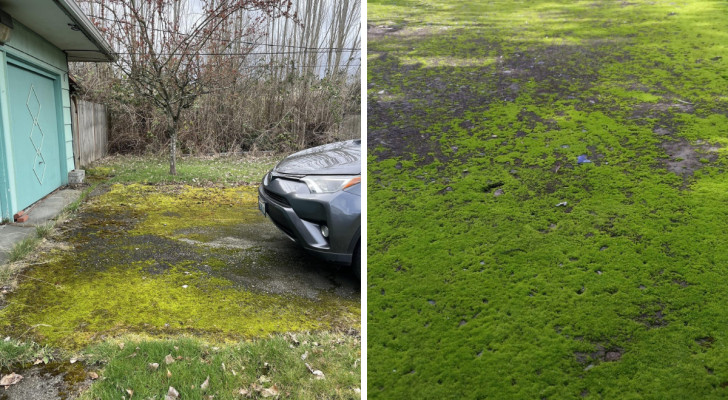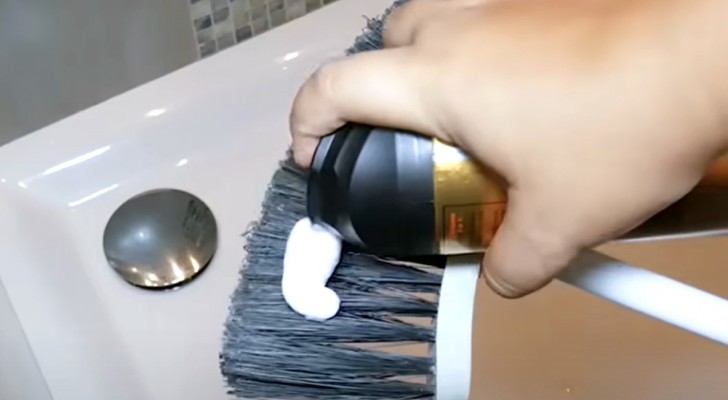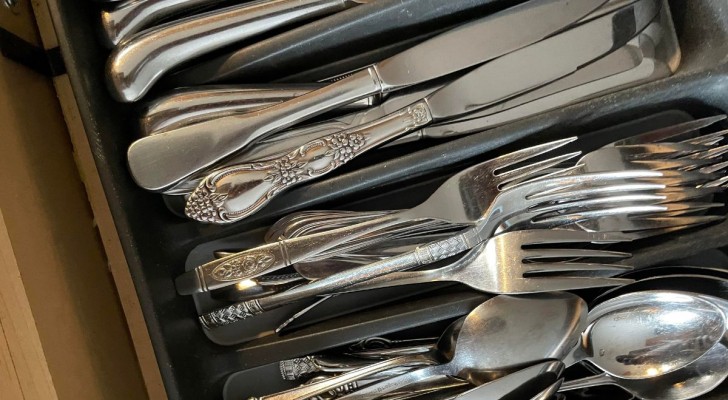10 very dirty items that we rarely remember to clean

We are all aware of having to take care of periodic and thorough cleaning of kitchen and bathroom shelves, washing the floor, having to dust the rooms, and sanitise a whole series of surfaces periodically. But there are also many objects that we use every day almost without realising it, and that we rarely remember to wash.
On those, as on any other surface, hundreds of bacteria lurk, some of which are really harmful to health (staphylococcus, Escherichia coli, salmonella), or moulds or viruses can form.
So, in addition to always remembering to wash our hands often even at home before touching food, after cleaning or touching animals and in any case before washing face, teeth, hair or body, we cannot even do without cleaning the various surfaces of the house, including objects that often do not come to mind but which are in fact among the most contaminated in our homes.
In addition to the knobs, handles and switches to be cleaned with disinfectants or better still with 60-70% alcohol, here are a series of the least hygienic objects in the home that we often neglect to wash.
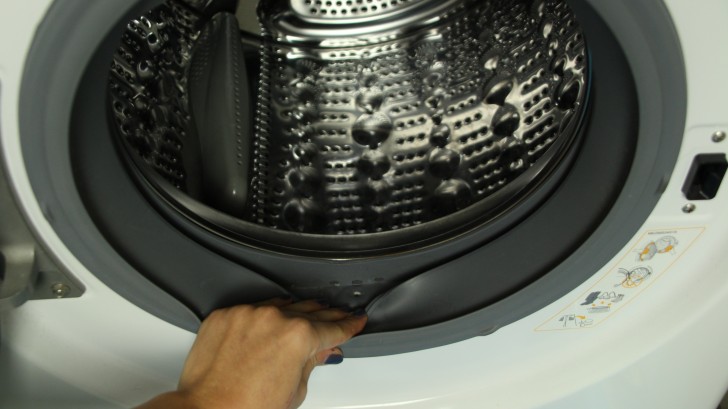
Creativo
Sponges for dishes
The dish sponges, as well as the cloths used for cleaning the house, become filled with dirt and remain wet for a long time. They should be changed very often, and in any case they are a receptacle for germs and bacteria. But in addition to rinsing them of soap and dirt after each use, we can sanitize them in various ways:
By immersing them in a basin with 3.5 liters of water and 100 ml of bleach for at least five minutes, to eliminate 99% of the bacteria.
A similar result is also obtained by soaking the sponge with water, putting it in the microwave and running it at maximum power for one minute. Remember not to touch it until it has cooled down.
Again, putting the sponge in the dishwasher for an entire wash cycle, making sure it ends with drying. This also kills 99.9% of germs.
Or, dipping the sponge in white vinegar, which will be able to eliminate 96.6% of the germs after five minutes.
Toothbrush holder in the bathroom
In addition to always covering the bristles of the toothbrushes with the appropriate lids, the glasses or containers in which we store the toothbrushes must also be cleaned. The latter, in fact, come into contact with the water that drains from the toothbrushes themselves, as well as the humidity of the bathroom itself, and easily become fertile ground for fungi and molds which would therefore quickly come into contact with our body.
However, if you remember finding the toothbrush holder a couple of times a week even with just hot water and disinfectant soap, or inserting it in the washing machine, or with vinegar and bicarbonate or hydrogen peroxide, you will be sure to keep it in adequate hygienic conditions.
Washing machine
To clean our clothes and fabrics used in the house, maybe even shoes, bags, curtains and cushions we use the washing machine, which collects all our dirt. But who thinks of washing the appliance itself?
Washing machines always work in contact with water, so they are also the machines most exposed to the risk of mould formation. Sometimes, then, the dirt removed from the laundry gets stuck in the gaskets, in particular that of the door, and even there the stagnation of water and the fact that it is a closed and isolated environment are all conditions that favor the onset of mold . Even the detergent drawer sometimes shows mold stains.
To sanitize everything we can wash every part of the washing machine with do-it-yourself sprays based on water mixed with vinegar and baking soda, or with hydrogen peroxide and lemon juice, or even a small part of bleach. Spray them into the seal, the basket and the tray, then remove with a wet cloth and dry thoroughly. Again, remember to also clean the filter and the housing in which it is inserted. And for good measure, once every two or three months also wash the washing machine on a short cycle with no vacuum but at medium-high temperatures, placing only a glass of vinegar in the tub or even directly in the drum.
The bath mat
Every time we get out of the bath or shower, it is convenient to have the mat ready on the ground, which absorbs the moisture from our feet and prevents us from slipping or dirtying the rest of the bathroom.
This then becomes soaked in water, and if left on the ground for a long time it will take many hours to dry. And if you do not remember to lift it off the ground, there is a risk of dirtying it with the sole of slippers or, worse still, with the shoes that we also go around with, and that it really comes into contact with any type of germs. It is therefore necessary to have the habit of always keeping the mat raised from the ground, perhaps hanging from some rod or hook, and change it often, perhaps even sprinkling it every now and then with baking soda (when it is dry) to be vacuumed after about ten minutes.
The doormat
The shoes with which we walk out of the house come into contact with a myriad of bacteria and germs around the streets or in public transport and clubs, so even if we have the excellent habit of changing shoes with slippers so as not to to circulate the dirty soles around the house, the doormat at the entrance to our homes continues to get dirty every day with everything that was left on the soles of the shoes.
It should therefore be beaten often, and then at least once a week cleaned with baking soda, similar to the bathroom mat, but only after making sure you have beaten it well so as to drop larger debris of dirt that could clog the vacuum cleaner.
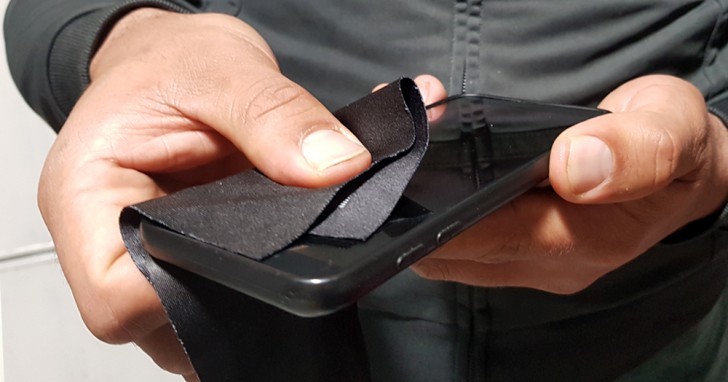
Creativo
Smartphones and tablets
As often as we can wash our hands, our fingers touch everything and above all they are very often in contact with the screen of electronic devices such as smartphones and tablets (or the computer keyboard itself). On these surfaces, therefore, we leave greasy dirt that clearly manifests itself with halos and fingerprints; and we carry them around in bags or pockets, the dust runs out, and in the case of telephones, we also place them on the cheeks and ears, so from simple receptacles for bacteria they also become an important transmission vehicle.
Care should therefore be taken to clean them often, with suitable wipes and sanitizing products, or solutions that contain at least 70% alcohol.
The remote controls
From televisions to all the other devices we operate remotely, remote controls are part of our everyday life, and are touched by anyone who has to use the electronic devices they are associated with. For them, therefore, the same need is created that we have with smartphones: they must be cleaned of finger grease and dirt that forms between the keys, as well as disinfected. And even in this case, products with 60 or 70% alcohol are fine, better if sprayed on the cloth that we will then pass on the remote control itself, to avoid damage.
The bag
All bags and backpacks we use should be cleaned periodically as we use them and then before storage. But we hardly ever do it, and so bags, backpacks, fanny packs, sports bags and more fill up with an incredible amount of dirt, inside and out, as well as come into contact with a myriad of contaminated surfaces ( indoors and out, especially on means of transport and in public places) and objects we put inside them (the smartphone is just an example).
Using wipes or cloths soaked in disinfectant solutions (again, with 70% alcohol) is a way to sanitize them, but always pay attention to the materials they are made of, which can sometimes get damaged.
The keys
It seems a bit exaggerated, but do we ever notice all the surfaces that come into contact with the car or house keys? Bags, cars, tables and various shelves at home (or outside), our pockets. All places where they often touch with other objects. By washing your hands often, we limit the ease of spread of germs and bacteria they bring with them, but the best thing would be to avoid leaving them where they happen to be in the house, and better still to clean them gently with disinfectant solutions that contain 70% alcohol.
The gasket of the refrigerator
The need to keep the refrigerator clean and sanitized, as well as to place the food inside it as much as possible separated from each other in different containers and films, is known to all. In fact, it would be useless to keep food cool to keep it longer without eliminating food residues and preventing dirt and internal humidity from proliferating bacteria or molds which would then also end up on what we eat.
But what about the part of the fridge that guarantees the insulation of the internal chamber from the outside, and therefore the one that is most often in contact with any contaminant that may be in the kitchen? We are talking about the bellows seal that runs around the door frame, which every now and then should be cleaned in the right way.
A solution of one part vinegar and two parts water is enough, rubbed with a soft cloth once a week, perhaps with the help of a brush for the most difficult to reach creases by hand. Or hydrogen peroxide. The important thing is then to dry everything with a clean cloth.
Have you thought about washing all these objects?

